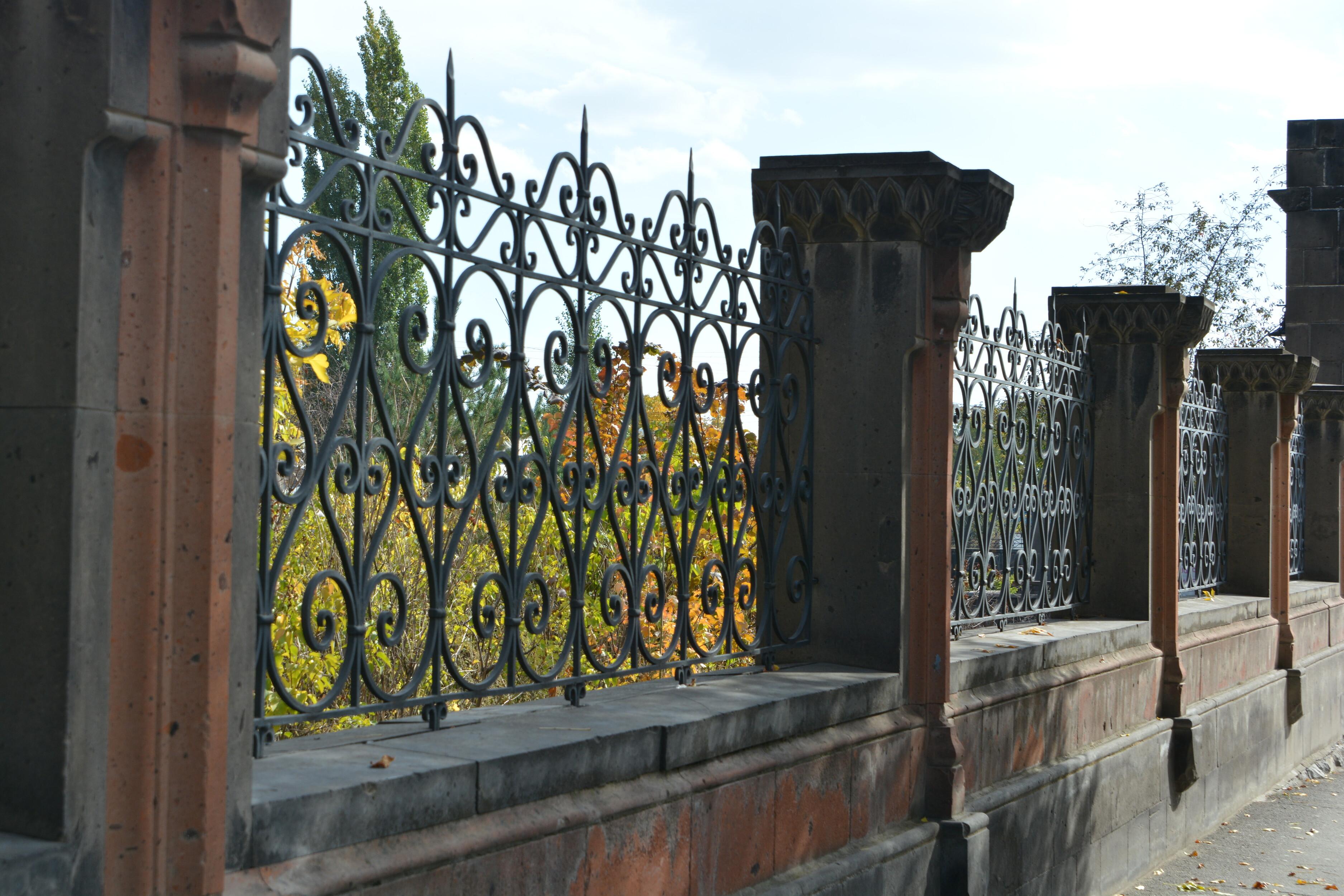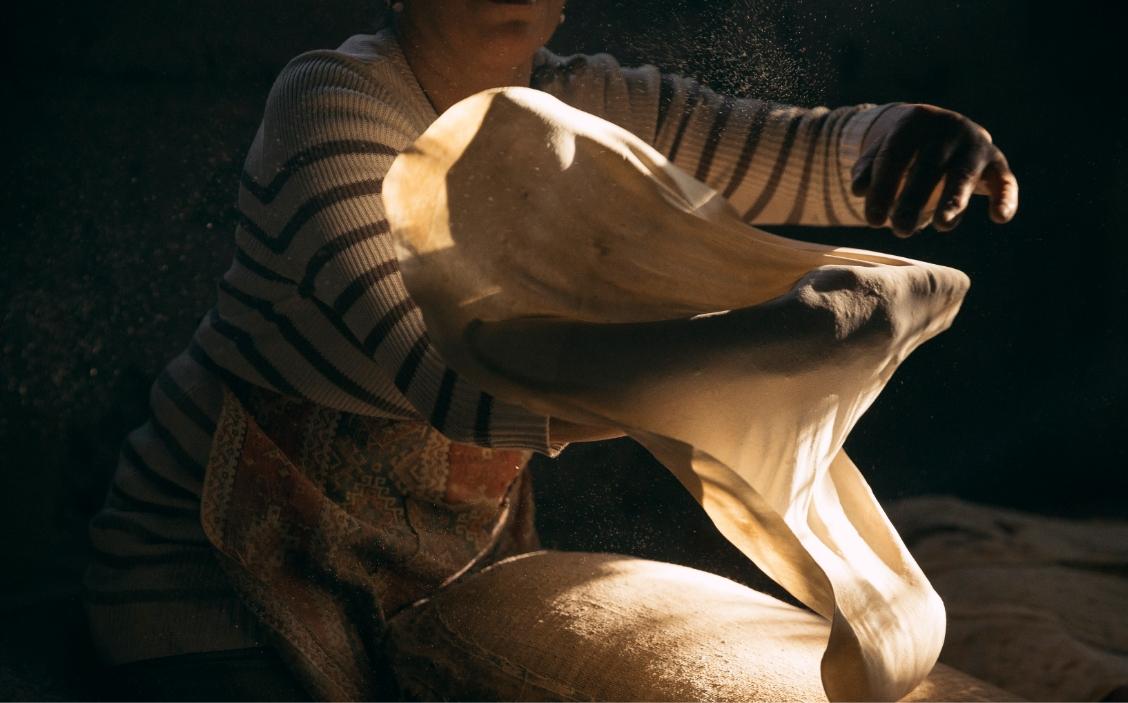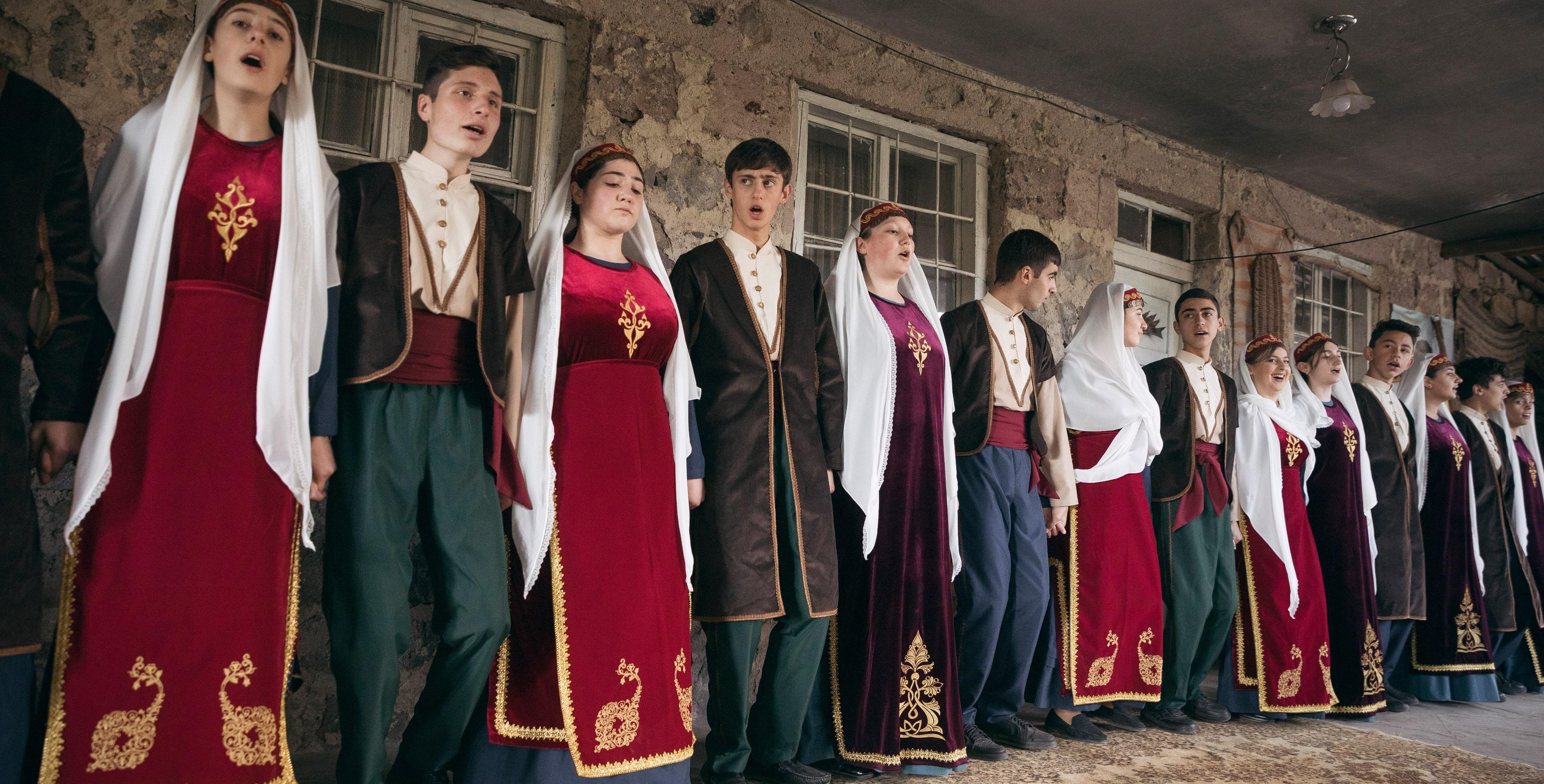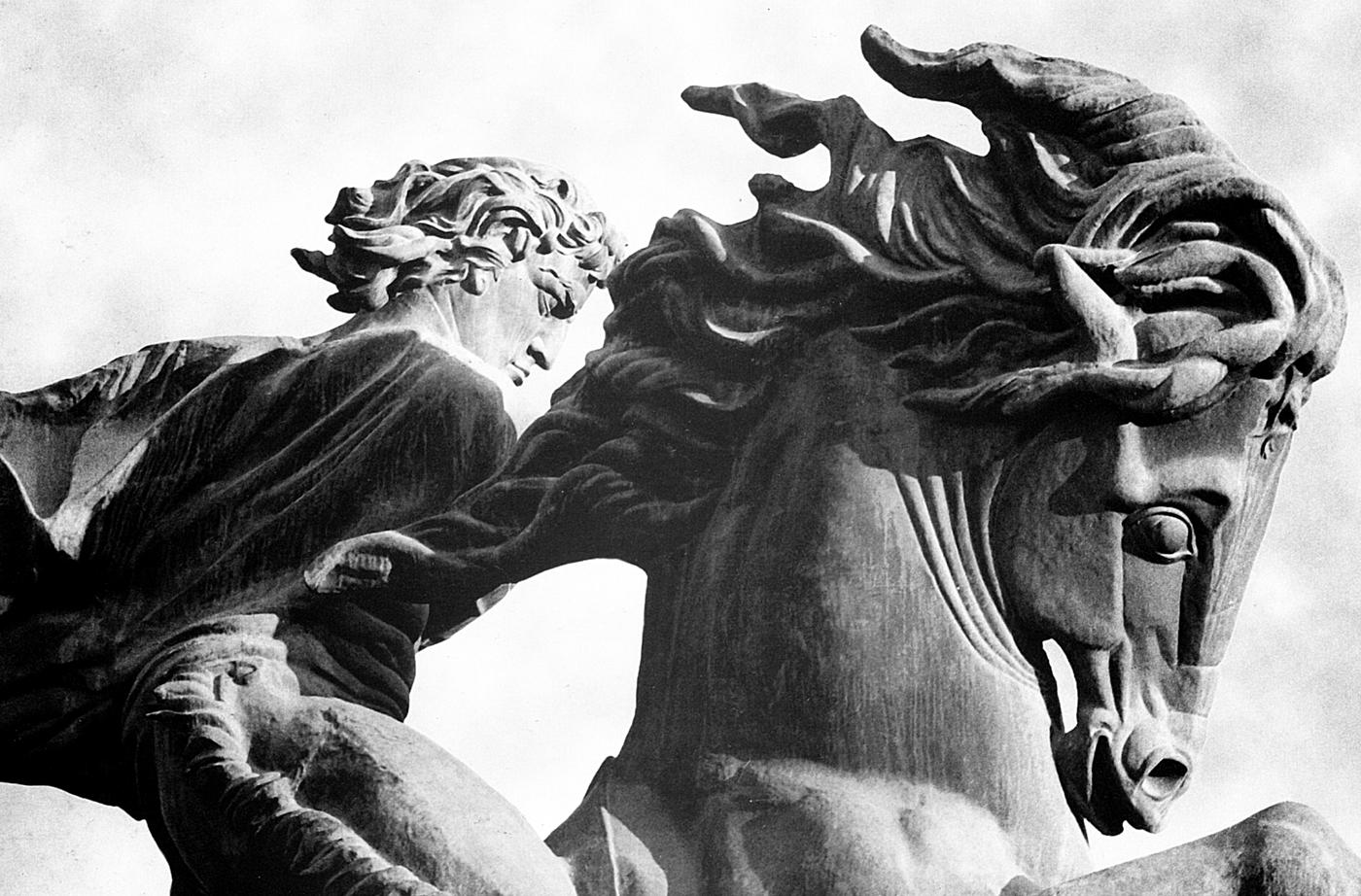The Monastery of Geghard and the Upper Azat Valley
Architectural style:
Armenian
Date of foundation:
4th century
Region
Kotayk
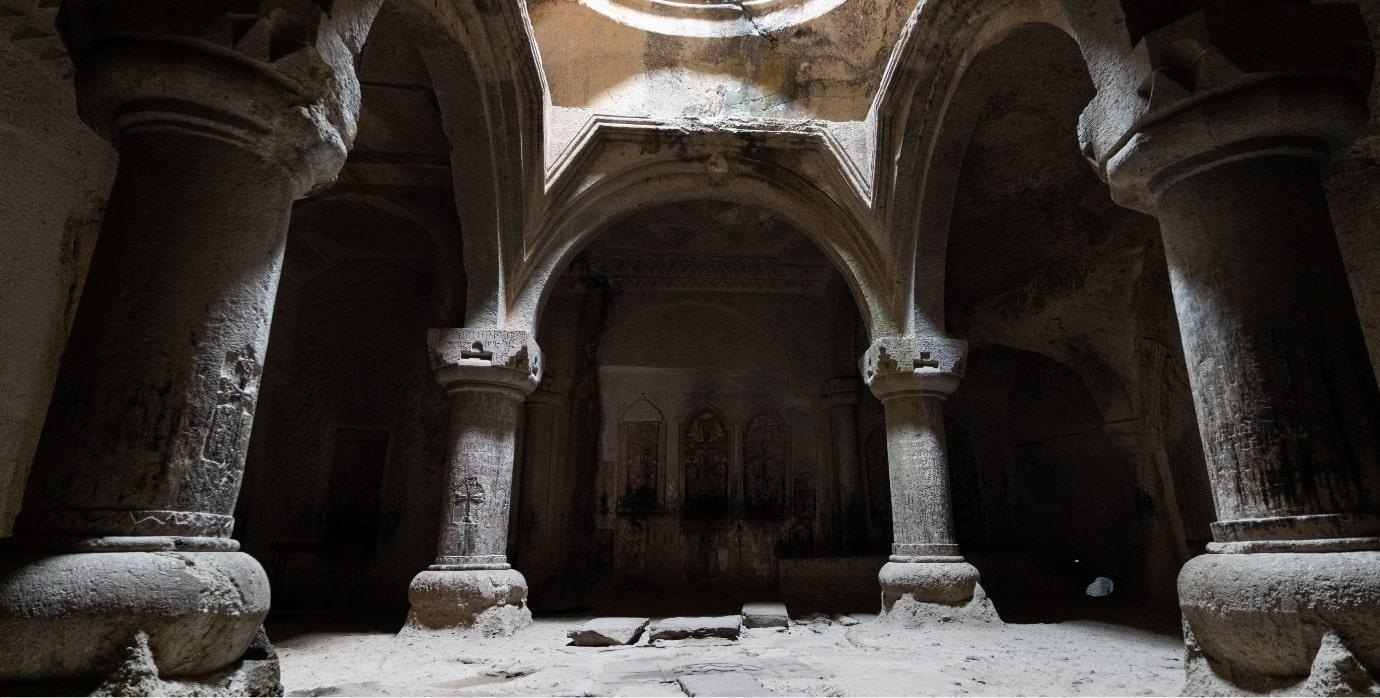
The pristine nature of the Azat Valley embraces Geghard Monastery under the gaze of its giant cliffs. With some of its parts smoothly carved into rocks, this medieval beauty was formerly named Airivank (monastery in the rocks). It was renamed Geghard in the 14th century because the monastery was used to keep the Spear of Destiny (also known as the Holy Lance) that pierced the ribs of Christ under its roof for over 500 years.
The Monastery of Geghard and the Upper Azat Valley contains a number of churches and tombs, most of them cut into the living rock, which illustrate Armenian medieval architecture at its highest point. The complex of medieval buildings is set into a landscape of great natural beauty, at the entrance to the Azat Valley. High cliffs from the northern side surround the complex while the defensive wall encircles the rest.
The monuments included in the property are dated from the 4th to the 13th century. At the early period, the Monastery was called Ayrivank (Monastery in the Cave) because of its rock-cut construction. The monastery was founded, according to tradition by St. Gregory the Illuminator, and was built following the adoption of Christianity as a state religion in Armenia (beginning of the 4th century AD). The main architectural complex was completed in the 13th century AD and consists of the cathedral, the adjacent narthex, eastern and western rock-cut churches, the family tomb of Proshyan princes, Papak’s and Ruzukan’s tomb-chapel, as well as various cells and numerous rock-cut cross-stones (khachkars). The Kathoghikè (main church) is in the classic Armenian form, an equal-armed cross inscribed in a square in plan and covered with a dome on a square base, linked with the base by vaulting.
The first rock-cut church was built before 1250, entirely dug into the rock and on an equal-armed cruciform plan. To the east, a roughly square chamber cut into the rock was one of the princely tombs (zhamatoun) of the Proshyan Dynasty. This gives access to the second rock-cut church built in 1283. The second zhamatoun, reached by an external staircase, contains the tombs of the princes Merik and Grigor. A defensive wall encircled the monastery complex in the 12th to 13th centuries. Most of the monks lived in cells excavated into the rock-face outside the main defensive wall, which have been preserved, along with some simple oratories.
St. Astvatsatsin (Holy Mother of God) chapel is the most ancient preserved monument outside the ramparts and is located on the western side. It is partially hewed in the rock. There are engraved inscriptions on the walls, the earliest of which date back to 1177 and 1181 AD. Residential and economic constructions were built later, in the 17th century.
The monastery of Geghard is a renowned ecclesiastical and cultural centre of medieval Armenia, where a school, scriptorium, library and many rock-cut dwelling cells for clergymen could be found in addition to the religious constructions. Historians Mkhitar Ayrivanetsi, Simeon Ayrivanetsi, who lived and worked there in the 13th century, contributed to the development of Armenian manuscript art. It was also renowned for the relics housed there. The most celebrated of these was the spear, which had wounded Christ on the Cross and was allegedly brought there by the Apostle Thaddeus, from which comes its present name, Geghardavank (the Monastery of the Spear). The spear was kept in the Monastery for 500 years. Relics of the Apostles Andrew and John were donated in the 12th century and pious visitors made numerous grants of land, money, and manuscripts over the succeeding centuries.
